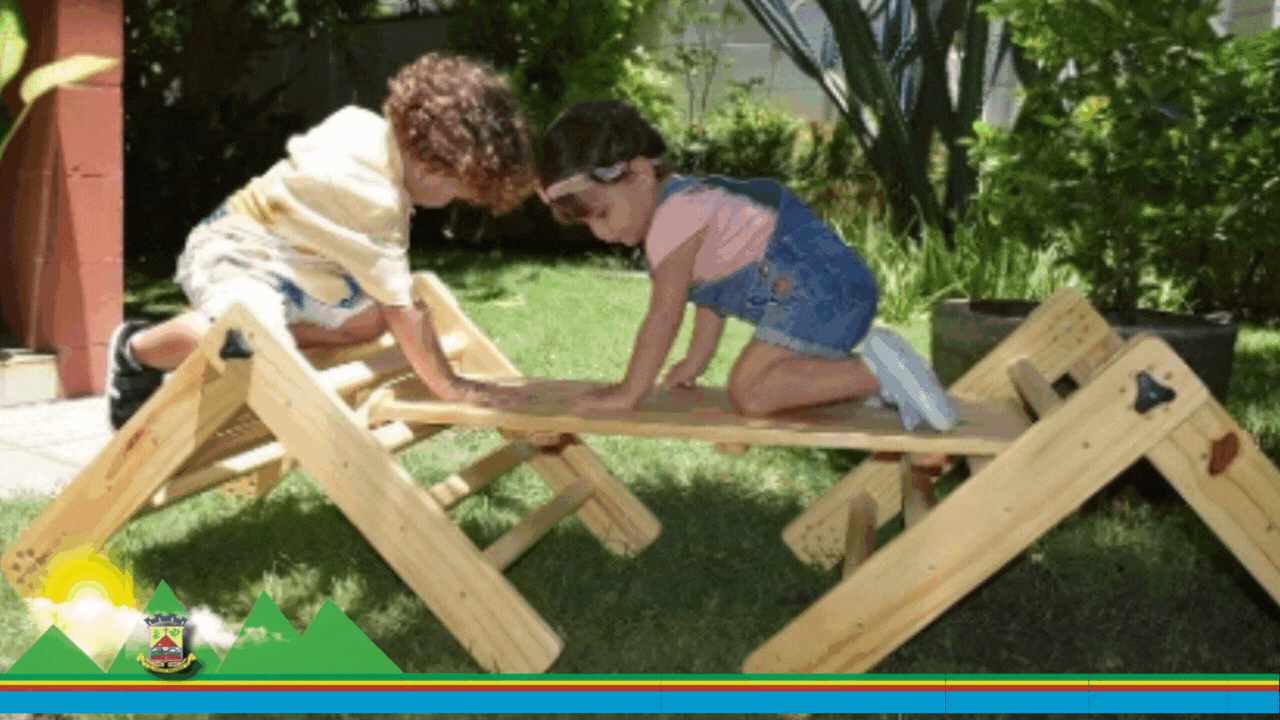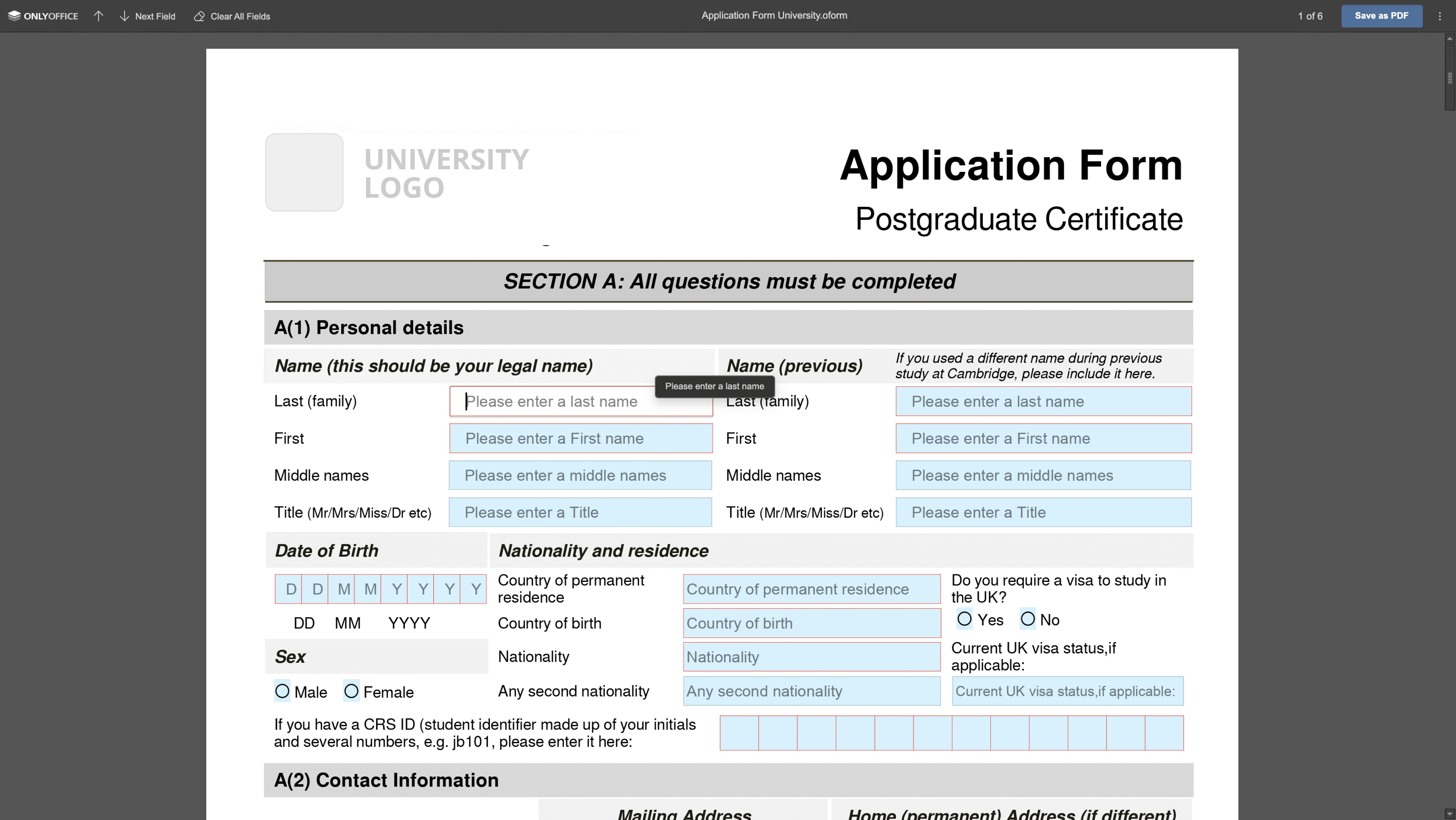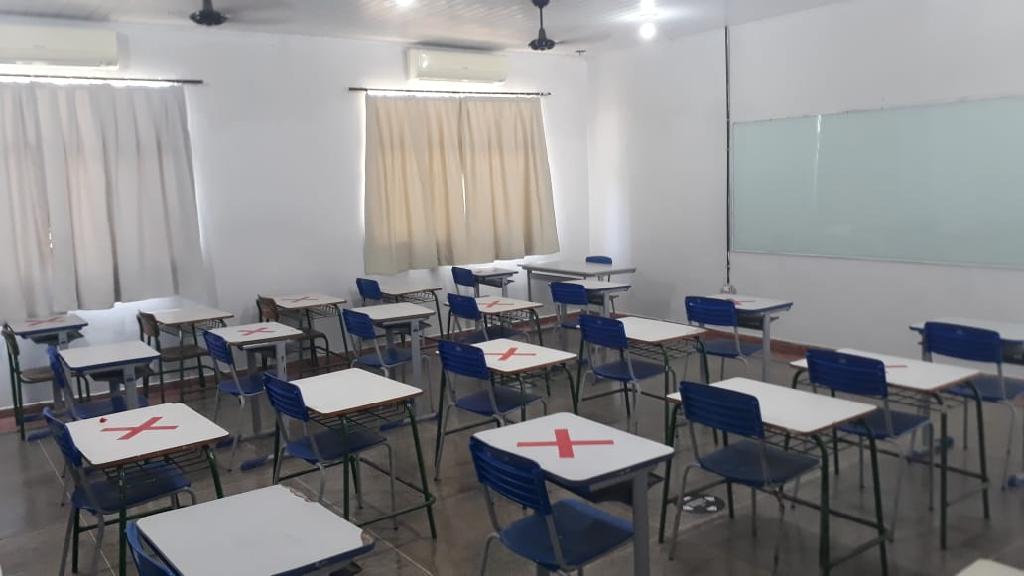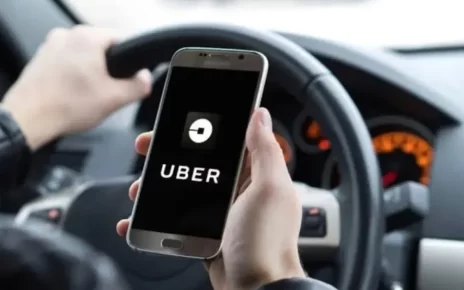*By Roberta Cassará Scalzaretto
As a teacher training specialist for early childhood and middle childhood with a focus on special education, I have learned that the most effective teaching methods do not seek to mold children into uniform shapes, but rather to respect their natural biological development, individual learning process, and uniqueness.
Pikler’s approach, which values free play and autonomy, is a powerful example of how we can provide an environment where children can truly thrive, express their potential and learn with confidence.
Free play, for example, is a fundamental language of childhood. By having the freedom to play and explore, children are not only having fun, they are also developing motor, cognitive and social skills in an integrated way. In a school environment, where there are often strict deadlines and goals, we risk underestimating the importance of these moments. In contrast, the Pikler approach teaches that by allowing each child to explore their physical and imaginative potential and developing their motor skills on their own, there is a strengthening of their self-confidence, the development of autonomy and, above all, the pleasure of learning and acting in the environment that surrounds them.
The value of this approach is even more evident in teacher training. By observing individual development and assuming that there is a natural biological rhythm – how a child learns to balance, explore the space around them and solve problems through play – educators are led to redefine what it means to teach. Practice shows us that respecting the individual learning process is an essential tool, promoting not only motor and cognitive development, but also emotional skills such as patience, resilience and self-esteem, which are very important in special education.
This respect for individuality reinforces the importance of each stage of development. It is not about seeking immediate results or comparing them between them, but about creating meaningful and lasting learning experiences, appropriate to each individual. In other words, the challenge and the teaching proposal, as well as the activities, must be appropriate to that specific child, and cannot be beyond or below what this child has the potential to solve.
When we prioritize free play and spontaneous development, we create an environment where learning happens intuitively and enjoyably, resulting in children who are confident in their abilities and express themselves authentically.
The Pikler approach shows us that educating in Early Childhood is much more than transmitting knowledge, it is allowing each child, together with a competent adult who gives them emotional and physical security, to discover, build and trust in their own potential.
* Roberta Cassará Scalzaretto is a specialist in teacher training for early childhood. With degrees in Teaching, Pedagogy and Psychopedagogy, she has extensive experience in working with children with learning difficulties as well as those with high intellectual abilities. Deeply passionate about education, she was the creator of the project “Toy Library: A Look at Play” at Porto Seguro Panamby School. Her career has been dedicated to training educators to work in Early Childhood Education and Elementary School I, preparing them to deal with the diversity of profiles and learning needs.
Karol Romagnoli
Advisor



